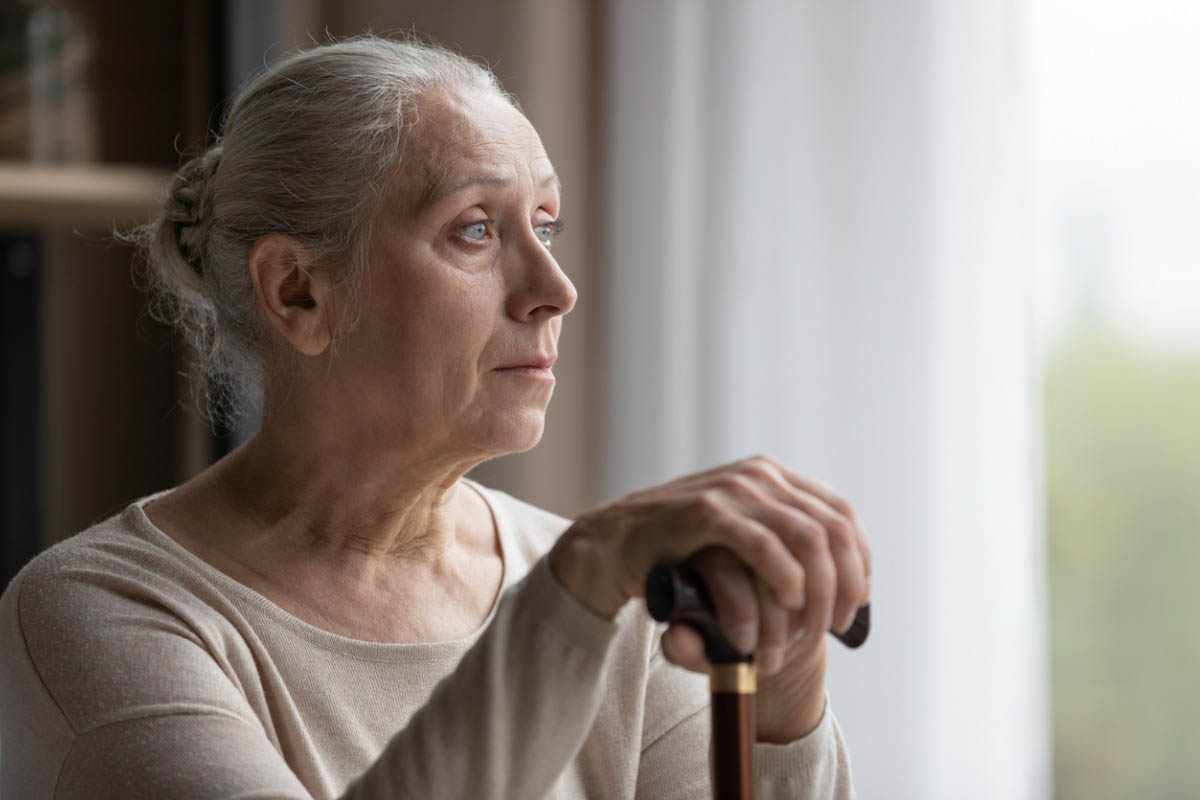Generic drugs are bioequivalent to the original brand; this is a prerequisite for marketing approval. It is theoretically possible that one generic drug may overestimate the pharmacokinetic (PK) parameters of the original and another generic may underestimate these PK parameters; in consequence, these 2 generics may not be bioequivalent between themselves. The result could be loss of efficacy or development of drug-related adverse effects if these generics are interchanged in stable patients. In a recent study involving 292 indirect comparisons of generic formulations of 9 different drugs, mathematical modeling showed that in most cases (87.0% for maximum concentration, 90.1% for area under the curve, and 80.5% for both) generic drugs are bioequivalent to each other. These reassuring findings notwithstanding, prudence dictates that, in stable patients, generic drugs should be interchanged only if there is a good reason for it. This is because bioequivalent brands of drugs may differ in their excipient content, and this can result in variations in safety profiles.
- Generic drugs are bioequivalent to the original brand.
- A recent study, based on a conservative method of mathematical modeling, showed that generic drugs are mostly bioequivalent to each other, as well.
- These reassuring findings notwithstanding, substitution between generic brands should be allowed in stable patients only if there is a specific reason for it. This is because bioequivalent brands may differ in their excipient content, and this can result in variations in adverse effect profiles.

ABSTRACT
Generic drugs are bioequivalent to the original brand; this is a prerequisite for marketing approval. It is theoretically possible that one generic drug may overestimate the pharmacokinetic (PK) parameters of the original and another generic may underestimate these PK parameters; in consequence, these 2 generics may not be bioequivalent between themselves. The result could be loss of efficacy or development of drug-related adverse effects if these generics are interchanged in stable patients. In a recent study involving 292 indirect comparisons of generic formulations of 9 different drugs, mathematical modeling showed that in most cases (87.0% for maximum concentration, 90.1% for area under the curve, and 80.5% for both) generic drugs are bioequivalent to each other. These reassuring findings notwithstanding, prudence dictates that, in stable patients, generic drugs should be interchanged only if there is a good reason for it. This is because bioequivalent brands of drugs may differ in their excipient content, and this can result in variations in safety profiles.
J Clin Psychiatry 2015;76(9):e1130-e1131
dx.doi.org/10.4088/JCP.15f10300
© Copyright 2015 Physicians Postgraduate Press, Inc.
Introduction
There are at least 2 important reasons why physicians and patients may lack confidence in generic drugs. The first relates to a misunderstanding about the regulatory requirements regarding the quantity of active ingredient that needs to be present in the generic pill,1 and the second relates to suspicions about the possible presence of impurities in the generic pill.2
With regard to the first point, the misunderstanding is that the regulatory authorities permit generic pills to contain as little as 80% to as much as 125% of the active ingredient as the branded drug. In actuality, the 90% confidence intervals of the generic-to-drug ratio for key pharmacokinetic (PK) parameters (eg, maximum concentration [Cmax] and area under the curve [AUC]) are required to lie within 80% and 125% of 1.00, which value represents the ideal; in consequence, the mean values of the PK parameters are actually closely similar between generic and brand. This regulatory requirement was simplified and explained in an earlier article in this column.1
Misplaced distrust of generic drugs may indirectly compromise the placebo effect.3 There is, however, a valid concern about the bioequivalence of generic formulations. One generic (Generic A) may overestimate the PK parameters of the brand, and another generic (Generic B) may underestimate these PK parameters. Whereas both generics would have demonstrated bioequivalence to the brand to obtain regulatory approval, there is no assurance that the 2 generics would be bioequivalent to each other.
Consider a patient who is stable on treatment with Generic A. If this is switched to Generic B and the drugs are not bioequivalent, then relative underdosing may predispose to relapse. Or, if the patient is stable on Generic B and is switched to Generic A, then relative overdosing may predispose to drug-related adverse effects, or even toxicity, if the drug has a narrow therapeutic index.
From this discussion, it is clear that the bioequivalence of generic drugs is an important consideration if stable patients are likely to be switched from one generic to another. What is the evidence for the bioequivalence of generic drugs?
Bioequivalence of Generic Drugs
Yu et al4 mathematically modeled the bioequivalence of generic drugs using data drawn from the Dutch regulatory database. On the basis of predefined criteria, these authors selected 6 orally administered drugs: atorvastatin, bicalutamide, naratriptan, olanzapine, perindopril, and venlafaxine. They also included cyclosporine, tacrolimus, and mycophenolate mofetil as test immunosuppressants. With 1 exception, all drugs were immediate-release formulations. The exception was venlafaxine, which was an extended-release formulation.
There were altogether 115 brands of generic drugs the registration of which was based on 120 bioequivalence studies. These drugs were closely matched to the original brands; the mean deviations from the originals were 5.1% for Cmax and 4.5% for AUC. Adjusted indirect comparisons were drawn between generics (292 comparisons), and bioequivalence was determined on the basis of the standard regulatory criteria.1
Of interest to psychiatrists, there were 19 brands of venlafaxine with (study) strengths ranging from 37.5 to 150 mg and 20 brands of olanzapine with (study) strengths ranging from 5 to 15 mg. Marketed strengths exceeded the number of strengths actually studied, but this is not a regulatory issue.
Yu et al4 obtained reasonably reassuring findings. The mean deviation of the generic-to-generic PK ratios from 1.00 (representing the ideal) was 6.1% for Cmax and 5.4% for AUC. The 90% CI for both AUC and Cmax met the regulatory criteria for bioequivalence in 80.5% of comparisons. Separately, the criterion for bioequivalence was met in 90.1% of comparisons for AUC and in 87.0% of comparisons for Cmax. In only 1% and 3% of the 292 indirect comparisons for AUC and Cmax, respectively, was a wider range of 75%-133% (or 80%-125%, for drugs with a narrow therapeutic index) exceeded. In no case was bio-inequivalence demonstrated.
Importantly, the authors used a conservative statistical method to obtain the adjusted comparisons between generics. This may have biased their findings toward overestimation of the PK differences between the generic drugs. The real differences may have been less than those that were reported. Therefore, it is reasonable to conclude that, in most cases, generic treatments can be safely interchanged; the resultant variation in AUC and Cmax will stay within regulatory limits. In other words, generics are bioequivalent not only with the original brands but (usually) also with each other.
Parting Notes
Bioequivalence was earlier demonstrated among generic versions of topiramate and gabapentin in a modeling study5 and among 3 generic versions of gabapentin in a clinical study.6 Whereas the findings are reassuring, prudence dictates that changing the brand of a prescription (whether original or generic) is justified only if there is a good reason for it. This is because medications contain a number of excipients; since these excipients will certainly vary from generic to generic, the safety profile of a generic may change as a function of the contained excipients.7
 Each month in his online column, Dr Andrade considers theoretical and practical ideas in clinical psychopharmacology with a view to update the knowledge and skills of medical practitioners who treat patients with psychiatric conditions.
Each month in his online column, Dr Andrade considers theoretical and practical ideas in clinical psychopharmacology with a view to update the knowledge and skills of medical practitioners who treat patients with psychiatric conditions.
Department of Clinical Psychopharmacology and Neurotoxicology, National Institute of Mental Health and Neurosciences, Bangalore, India ([email protected]).
Financial disclosure and more about Dr Andrade.
REFERENCES
1. Andrade C. Bioequivalence of generic drugs: a simple explanation for a US Food and Drug Administration requirement. J Clin Psychiatry. 2015;76(6):e742-e744. PubMed doi:10.4088/JCP.15f10094
2. Andrade C. Drug impurities and adverse effects. Indian J Psychol Med. 1998;21:60-62.
3. Andrade C. Cost of treatment as a placebo effect in psychopharmacology: importance in the context of generic drugs. J Clin Psychiatry. 2015;76(4):e534-e536. PubMed doi:10.4088/JCP.15f09950
4. Yu Y, Teerenstra S, Neef C, et al. Investigation into the interchangeability of generic formulations using immunosuppressants and a broad selection of medicines. Eur J Clin Pharmacol. 2015;71(8):979-990. PubMed doi:10.1007/s00228-015-1878-z
5. Maliepaard M, Banishki N, Gispen-de Wied CC, et al. Interchangeability of generic anti-epileptic drugs: a quantitative analysis of topiramate and gabapentin. Eur J Clin Pharmacol. 2011;67(10):1007-1016. PubMed doi:10.1007/s00228-011-1041-4
6. Yu Y, Teerenstra S, Vanmolkot F, et al. Interchangeability of gabapentin generic formulations in the Netherlands: a comparative bioavailability study. Clin Pharmacol Ther. 2013;94(4):519-524. PubMed doi:10.1038/clpt.2013.108
7. Golightly LK, Smolinske SS, Bennett ML, et al. Pharmaceutical excipients: adverse effects associated with inactive ingredients in drug products (part I). Med Toxicol Adverse Drug Exp. 1988;3(2):128-165. PubMed doi:10.1007/BF03259937
This PDF is free for all visitors!





